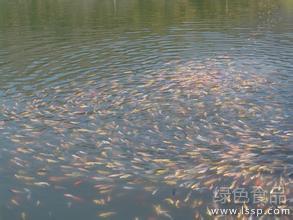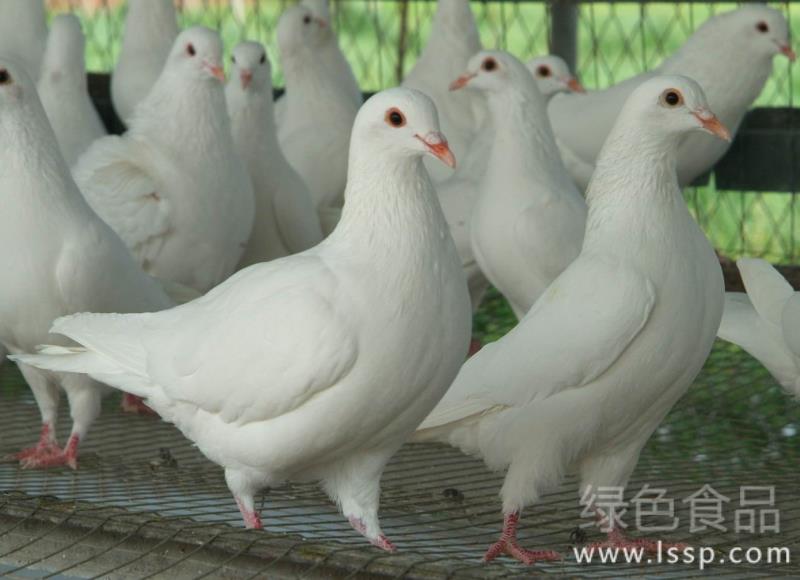Excellent Fish species is the fundamental way to raise Fish well. Matters needing attention in cultivating Fish species in Summer
Summer is the key period for fish breeding. Good measures for fish breeding can promote growth, enhance physique, improve disease resistance, provide strong and excellent fish species for adult fish culture, and increase production, income and efficiency.

Fish species
First, adjust the water environment. As the saying goes, "Fish culture first raises water, water makes fish fry strong." In the ponds where fish fingerlings are cultivated for a long time, silt accumulates, water quality gradually ages and deteriorates, dissolved oxygen decreases, food organisms decrease and pathogens increase, which is not conducive to the growth and development of fish species. Therefore, it is necessary to improve the growth environment of fish species. First, regular injection of new water, discharge of old water, each injection of 30cm fresh water, discharge of 20-30cm old water to maintain the stability of the water body. Second, the water quality is properly fertilized, generally 200kg / mu of fermented manure is applied every 7 days, or fertilized once per mu of fish ponds and injected with fresh water to increase the nutrition of the water body, plankton stability and transparency of about 30cm. Third, regular disinfection, every half a month per cubic meter can adjust pH, release nutrients, improve the water quality of quicklime 15 grams or 1 gram of bleaching powdered water that can kill bacteria and viruses, the two are used alternately to prevent and cure fish diseases.
Second, adjust the specifications of fish species. Different sizes of fish species are raised in separate ponds, and different species of fish species should be matched reasonably. Those who mainly cultivate silver carp and bighead carp fingerling should also be matched with grass carp fingerling of 20% ∶ 30%, and the proportion of silver carp and bighead carp fingerling is 3 Mel 4 fish 1. If the bottom horn species are mainly raised, such as tilapia, common carp, dace, crucian carp, Pomfret, etc., 80% are bottom species and 20% are silver carp and bighead carp species. It is emphasized that stocking silver carp and bighead carp species that can filter excessive plankton can reasonably regulate water quality, reduce diseases and prevent eutrophication in fish ponds. The stocking density of fish species should also be determined according to the pond environment, area, water depth, fish species specifications, feed supply and other conditions. The general practice is: if the water depth is more than 1.5m, you can raise about 5000 fish per mu, and if it is tilapia, common carp and crucian carp, you can put 6000 fish per mu.
Third, strengthen the control of water quality. The weather is changeable in summer and the water temperature is high, which can be used to prevent the water temperature from being too high. Secondly, we should add new water, discharge old water, change the water once every 7 days, and keep the water quality fresh. In short, water quality control is flexible according to the situation of the pool water. Keep fat, alive, tender and cool.
Fourth, pay attention to reasonable nutrition. In summer, grass carp and blunt snout bream are supplemented with fresh feed such as Wuping, duckweed, green grass, green vegetable leaves, etc.; most herring add crushed snails and clams; silver carp and bighead carp are fed not only green fodder, but also crushed wheat husk, corn bran, soybean meal and so on. Feeding should be timed, fixed-point, qualitative and quantitative, which not only does not waste, but also can make the fish eat full and fat, so as to ensure that the fish species reach larger specifications. The daily feed intake should account for 3% of the fish stock in the pond. The dace, roe, Pomfret and catfish of the four major domestic species, tropical and subtropical fish were fed at 9-10:00 and 15-16:00 in the afternoon. Do not stop eating prematurely before the fish species reach a certain specification, so as not to affect the growth.
- Prev

Long period of meat pigeon culture "four synchronization" to improve the efficiency of meat pigeon culture
Long period of meat pigeon culture "four synchronization" to improve the efficiency of meat pigeon culture
- Next

Chicken encephalomyelitis
Chicken encephalomyelitis is caused by virus, which mainly harms chicks under 1 month old. Diseased chickens gradually cannot stand, land on the ground with flying joints, sit on the ground, or lie on one side; some diseased chicks show paroxysmal tremors in their heads and necks, and sudden noise can induce tremors. Sick chicks always have an appetite, move the trough to the side to eat, most sick chicks do not have access to feed and drinking water, and finally die of exhaustion. The morbidity is generally 10-20%, and the average mortality rate is about 10%. There are many in the muscle layer of glandular stomach and muscular stomach.
Related
- On the eggshell is a badge full of pride. British Poultry Egg Market and Consumer observation
- British study: 72% of Britons are willing to buy native eggs raised by insects
- Guidelines for friendly egg production revised the increase of space in chicken sheds can not be forced to change feathers and lay eggs.
- Risk of delay in customs clearance Australia suspends lobster exports to China
- Pig semen-the Vector of virus Transmission (4)
- Pig semen-the Vector of virus Transmission (3)
- Five common causes of difficult control of classical swine fever in clinic and their countermeasures
- Foot-and-mouth disease is the most effective way to prevent it!
- PED is the number one killer of piglets and has to be guarded against in autumn and winter.
- What is "yellow fat pig"? Have you ever heard the pig collector talk about "yellow fat pig"?

